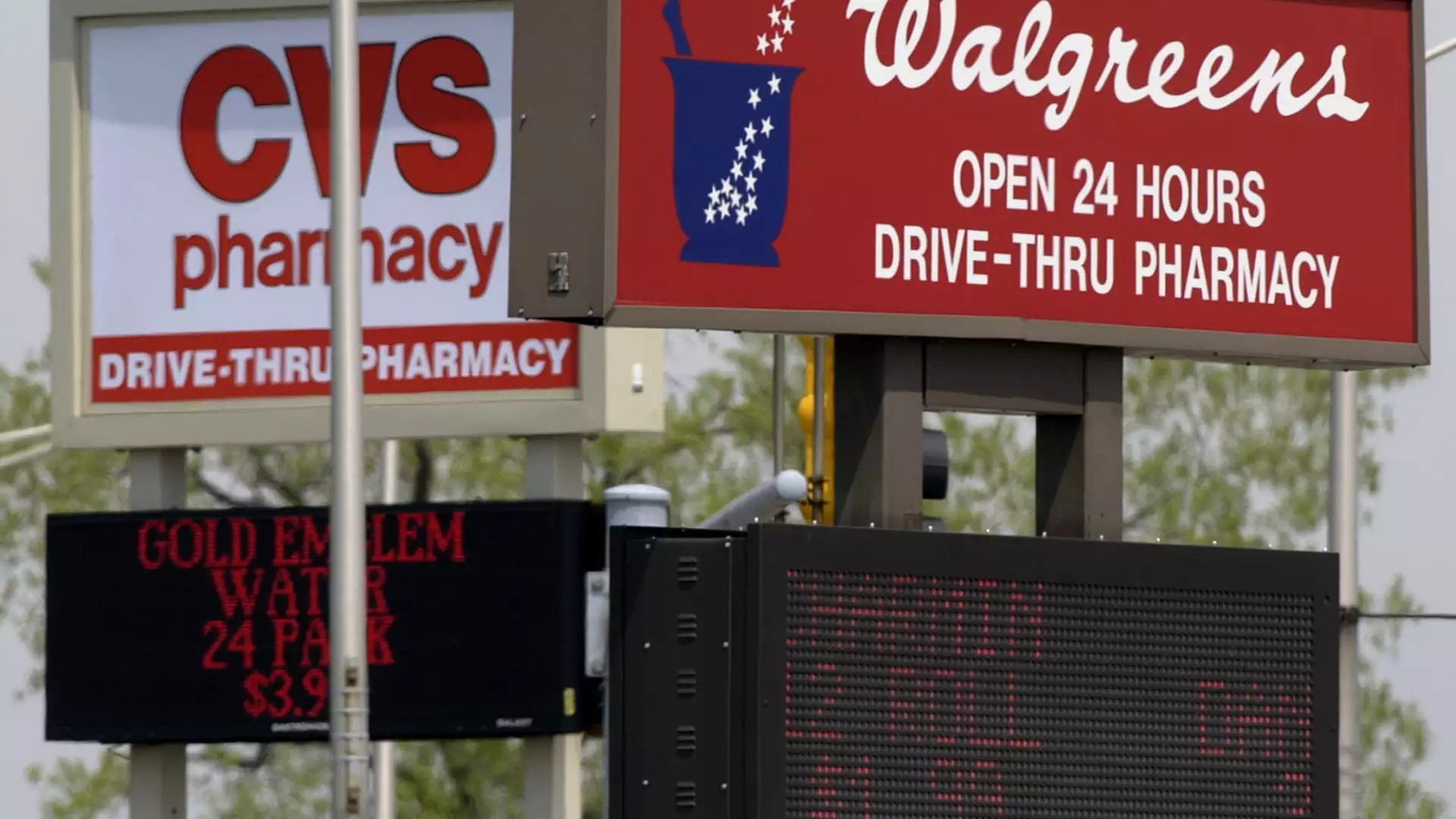Recently, Walgreens made headlines with its announcement to close a significant number of its 8,600 U.S. stores due to profitability concerns. This move reflects a broader trend of weakness in the retail pharmacy industry, with CVS also closing stores and Rite Aid filing for bankruptcy. According to Neil Saunders, retail managing director at GlobalData, the traditional role of pharmacies as community hubs has changed over the past two decades. They used to be a destination for both prescriptions and general merchandise, but this dynamic has shifted significantly.
CEO Tim Wentworth revealed that only 75% of Walgreens locations were profitable, indicating that the remaining 25% are at risk of closure by 2027. The company’s retail segment, comprising general merchandise and beauty products, has been experiencing consistent declines in sales. Saunders criticized the lackluster product offerings and high prices compared to other retailers, highlighting the need for a revamp in this area.
Despite the struggles on the retail side, Walgreens heavily relies on its pharmacy revenue, which accounts for nearly 60% of its total sales. However, this segment has been facing challenges such as shrinking margins and declining reimbursement rates from pharmacy benefit managers (PBMs). The increasing influence of PBMs has put pressure on pharmacy chains to adapt to these changes or risk further closures.
The pharmacy chain industry in the U.S. is undergoing a period of transformation, with key players like Walgreens having to address multiple challenges to remain competitive. Adapting to evolving consumer preferences, improving the retail experience, and optimizing pharmacy operations are crucial steps for the survival of these businesses. As the landscape continues to shift, it will be interesting to see how pharmacy chains navigate these obstacles and innovate to secure their future in the market.


Leave a Reply